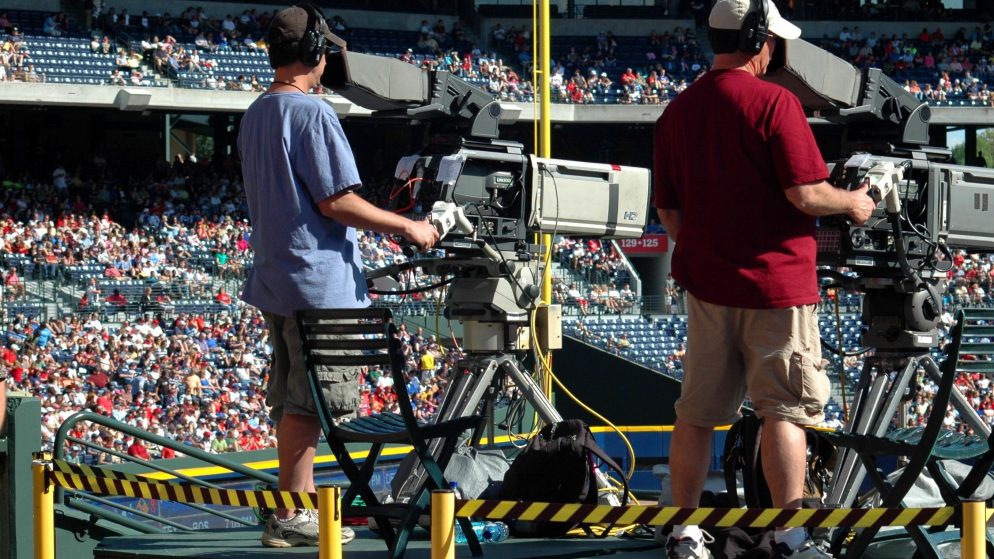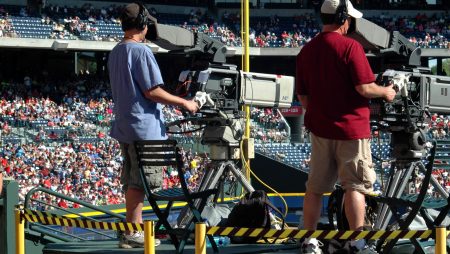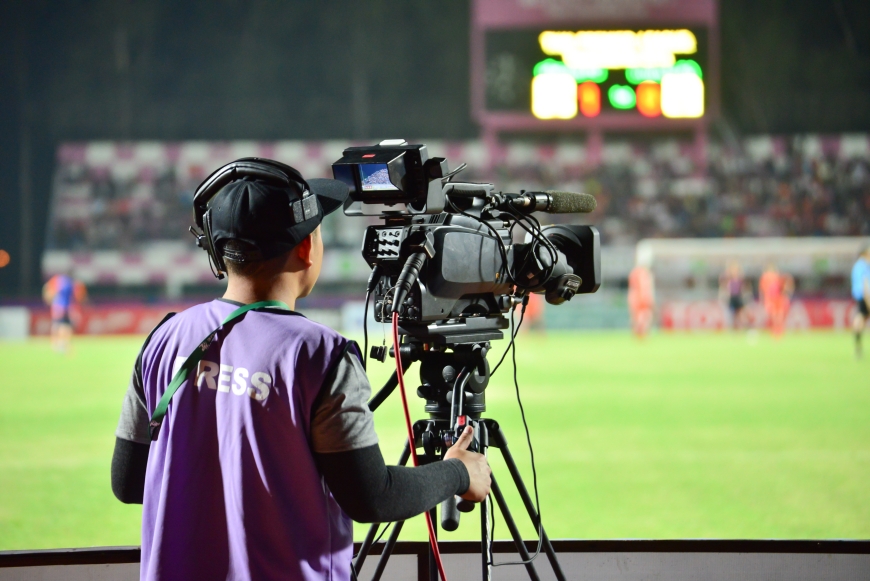

The athlete-media relationship status
There was a period when media had unrestricted access to players on the field. They may be approach after the game; and depending on the amount of time available to both sides and the quality; of the interaction, it could be a useful and educational experience. The athlete-media relationship status.

Those were the days when neither side took itself too seriously and believed they; along with the other, had a duty to do — to provide fans and readers with a complete; image of the game (those days, media largely meant print). Professional etiquette required talking to the press whenever possible and honoring a player’s wishes when he or she couldn’t. There was almost never an instance where someone thought he or she had outgrown the game.
Those were, however, more innocent days. When sport, particularly cricket, was not yet the massive business it is now, it was virtually an economy in and of itself; with great and minor stakes for everyone engaged. Sports was one of the beats to cover, but it was rarely front-page news unless something spectacular happened. Selection and administrative issues did not garner the same level of interest; outside of the sports sections as they do now. Sport, in other words, was simply that: a sport.
Over time, things have changed.
see also: IND vs SL 2nd T20I: Ishan Kishan is taken to the hospital after being hit on the head
With sports becoming a huge business and elite sportsmen becoming celebrities; every connection and appearance is monetize, and there are plenty of opportunities to make a buck. Players’ and media’s interactions are frequently transactional, with the underlying question being: “What is in it for me?” or ‘How can you be useful to me?’ Access is frequently associates with power and influence. Whereas in the past, sources were nurture in order to obtain news and inside information; now the final goal could be an “exclusive” or interview, which could become an end in itself; in order to attract attention rather than uncover something new.
This isn’t a one-way street, either. Out-of-favor footballers may look for ‘influential’ journalists or columnists to help them resurrect their careers. So, when a respected’ journalist urges a player who has been left out of the squad to ‘pick whoever; can help the most it implies that someone believes selection is subject to outside influence; and that a little bribe can go a long way. And there was the statement, “I don’t take insults lightly.” And I’ll keep this in mind. This wasn’t anything you should have done (sic)’ implies that a player’s influence can be used against them. Naomi Osaka’s mental health suffered as a result of interactions with journalists that were far less intimidating.
It’s difficult for someone used to getting their way to realize that the other person may not be willing; to take the bait, even if they don’t respond to text messages or phone back.
read more: IPL: The season will start on Walk 26 with a coordinate between MI and KKR.
Many in the media may conclude that they have every right to make; full use’ of their interactions with players as a result of this. With so many cricketers transitioning to the media after retirement – whether as commentators, specialists on news networks; or columnists – and the inevitable overlap of interests, the printed or spoken word may fall short of being completely honest.
Also, when numerous entities in the ecosystem have business interests that could be influenced; by who takes the field and what happens on it, the lines between the sporting; and commercial components are bound to blur.
A journalist’s relationship with a contact – frequently referred to as a source – is generally voluntary and delicate. It takes time to develop and is build on mutual trust. Official access to top players is typically more regulated in the athletic realm; and getting a top player for an engagement is now contingent on where the balance of power stands. In other words, the party that requires it the most will be less likely to impose conditions. However, in bilateral conversations, a little respect never hurts.

[…] read more: The athlete-media relationship status […]